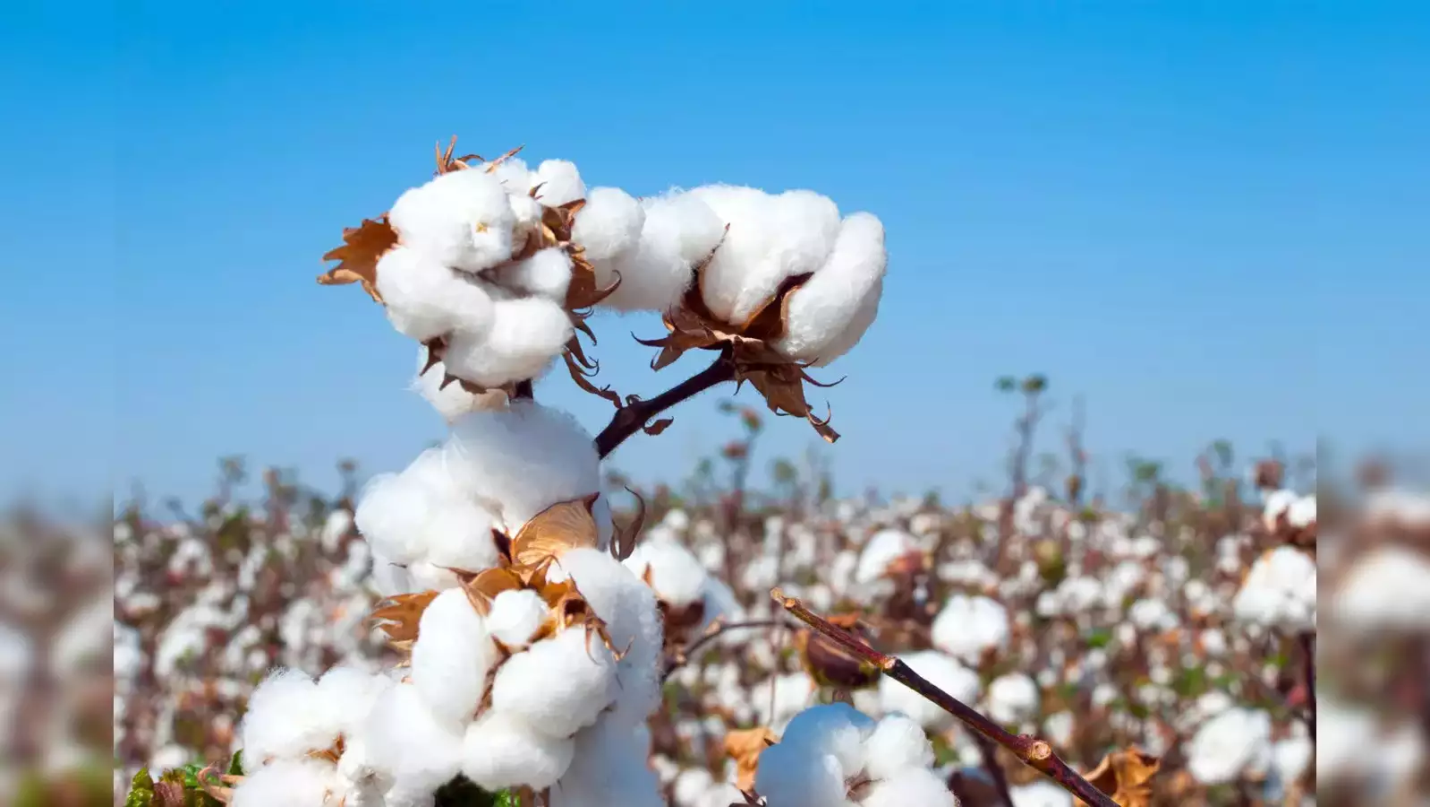Free Courses Sale ends Soon, Get It Now


Free Courses Sale ends Soon, Get It Now



Copyright infringement not intended
Picture Courtesy: economictimes.indiatimes.com
Context: The Union Minister for Textiles, Commerce, and Industry, expressed India's goal to become the world's largest cotton producer.
Details
|
Cotton ●Cotton is a sun-loving plant, requiring a minimum daily temperature of 16°C for germination and ideally between 21°C and 27°C for optimal growth. ●Cotton is sensitive to frost, so at least 180 frost-free days are crucial for a successful harvest. 200 or more days are even better, ensuring ample time for the bolls to mature. ●Around 55-100 cm (22-39 inches) of rainfall, evenly distributed throughout the growing season, is ideal. ●Excessive rainfall can lead to waterlogging, fungal diseases, and reduced boll formation. ●Cotton thrives in a well-drained, fertile loamy soil. Black soil with good aeration, like the Deccan trap region in India, is a prime example. ●Cotton needs ample sunlight for photosynthesis and healthy growth. Cloudy days and lack of sunshine can stunt its development and reduce yield. |
Strengths of the Indian Cotton Sector
Challenges Faced by the Indian Cotton Sector
Government Initiatives to Improve the Cotton Sector
Future of the Indian Cotton Sector
Conclusion
Must Read Articles:
Cotton Industry: https://www.iasgyan.in/blogs/cotton-industry-upsc
Cotton Industry: https://www.iasgyan.in/daily-current-affairs/cotton-industry
|
PRACTICE QUESTION Q. What key challenges does the Indian cotton sector face in achieving global competitiveness, and what initiatives are being undertaken to address these hurdles while ensuring sustainable growth? |
© 2024 iasgyan. All right reserved